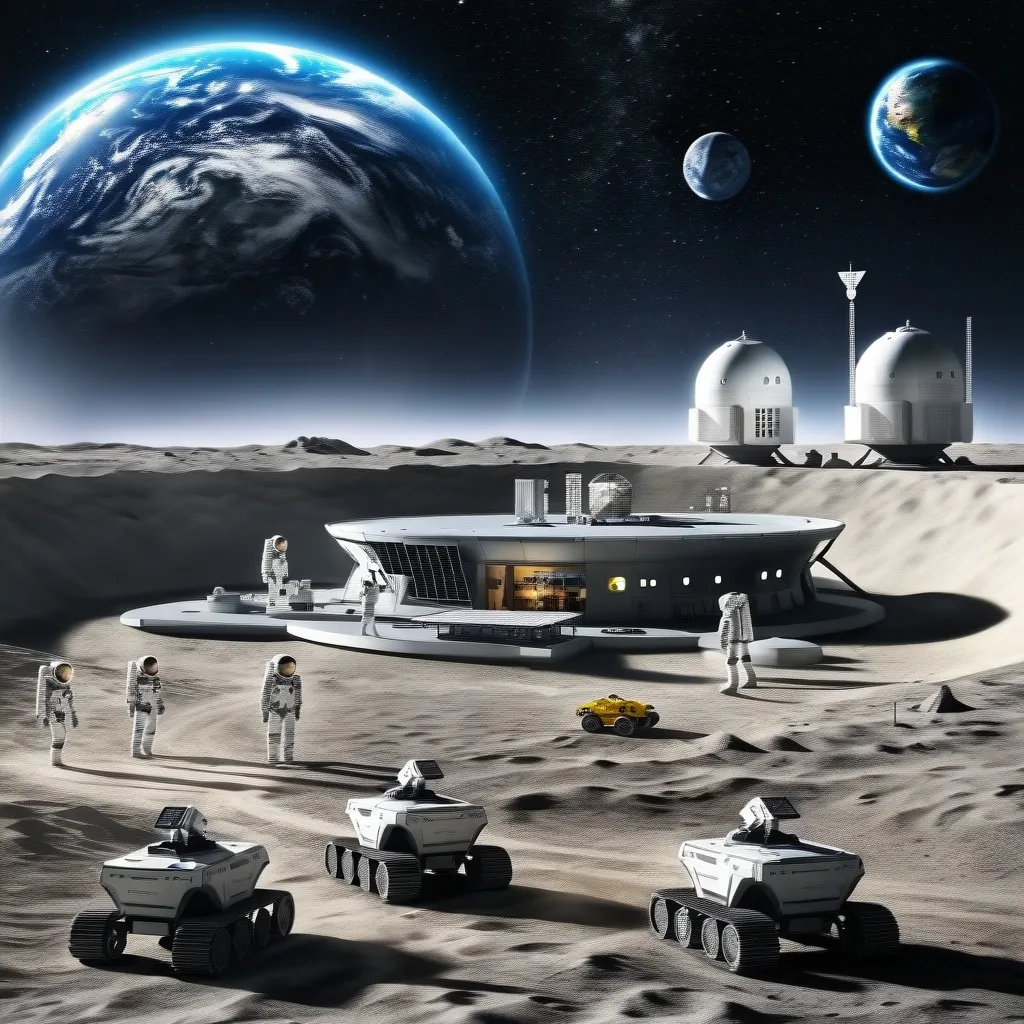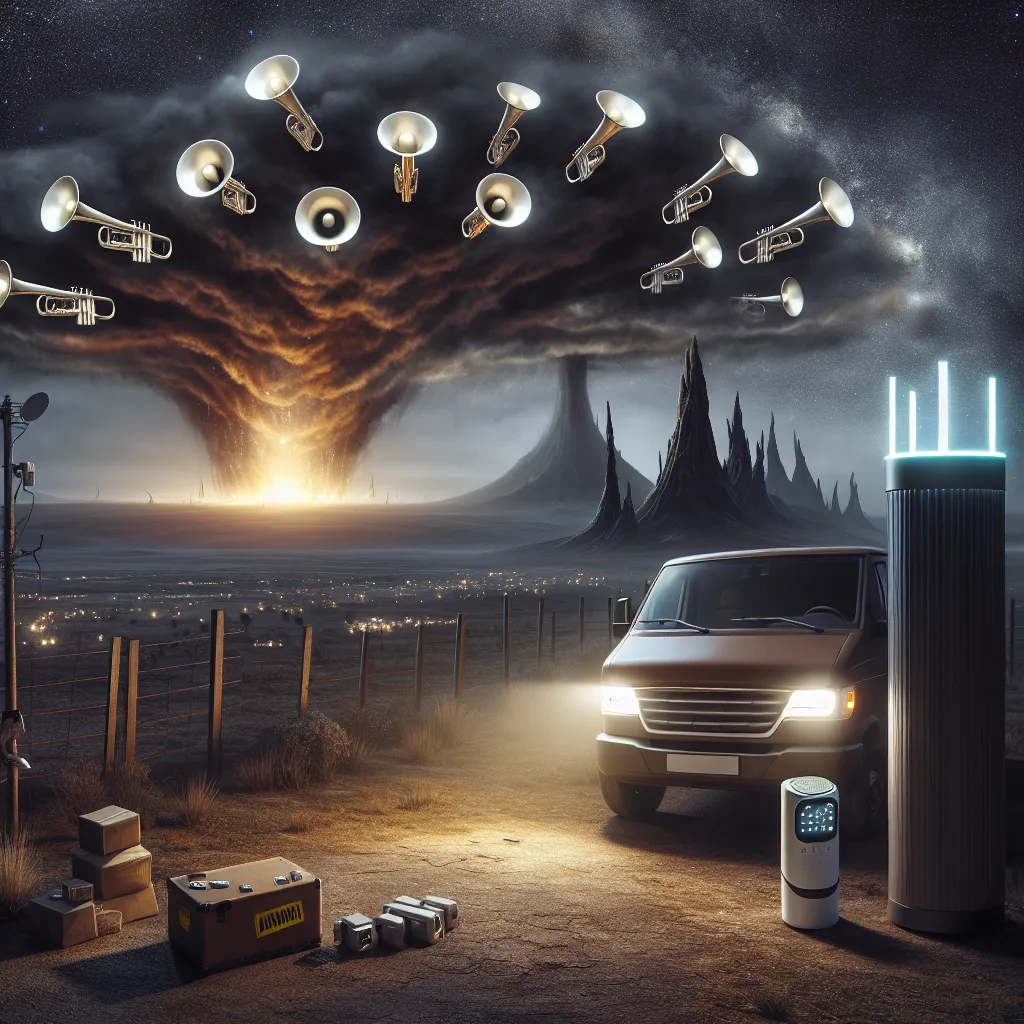Moonbases: Fact or Fiction?
Ever looked up at the night sky and wondered if there’s more going on up there than meets the eye? You’re not alone. The idea of secret moon bases has been floating around for decades, sparking all sorts of wild theories and heated debates. But what’s the real deal? Let’s dive in and separate the lunar facts from the space fiction.
First off, let’s get one thing straight - there’s no solid proof of any hush-hush bases up there. But that doesn’t mean people haven’t been dreaming big about lunar living for a long time. Back in the 1950s and 60s, when the Cold War was in full swing, the U.S. Army cooked up this wild plan called Project Horizon. They wanted to slap a military outpost right on the moon’s surface. Talk about aiming high!
This wasn’t just some half-baked idea either. They had it all planned out - nuclear reactors for power, underground crew quarters, and even special moon buggies for getting around. Why? Well, partly to keep an eye on those pesky Soviets, but also for some good old-fashioned scientific research. Sadly (or maybe thankfully?), Project Horizon never got off the ground. But it goes to show how seriously people were taking the idea of moon bases even back then.
Fast forward to today, and guess what? We’re still moon-crazy! But this time, it’s less about spying and more about science and maybe even mining some sweet lunar resources. NASA’s got this thing called the Artemis program, and they’re dead set on getting boots back on the moon by 2024. They’re not just planning a quick visit either - they want to set up shop for the long haul.
Picture this: a cozy little base camp near the Moon’s South Pole, where it’s both super bright and pitch black at the same time. Why there? Well, there might be water ice hiding in those shadows, which would be a game-changer for keeping astronauts alive and kicking. But setting up this lunar pad isn’t going to be a walk in the park. They’ve got to find the perfect spot that’s safe to land on, won’t get messed up by spacecraft debris, and can keep in touch with mission control back on Earth.
Now, don’t go thinking it’s just the Americans with stars in their eyes. China and Russia are teaming up for their own moon mission. They’re calling it the International Lunar Research Station, and it sounds like something straight out of a sci-fi movie. They’re talking about multiple missions over decades, maybe even a permanent base with actual people living there. But let’s be real - this is going to cost a fortune and need some serious tech wizardry to pull off. Not to mention, getting China and Russia to play nice for that long? Good luck with that!
So, what would life on a moon base actually look like? Well, don’t expect the Hilton. Think more along the lines of those research stations in Antarctica - bare-bones, practical, and probably a bit cramped. You’d have a handful of super smart folks - scientists, engineers, maybe a doctor or two - all working their butts off in a pretty harsh environment.
And speaking of harsh, the moon is no beach resort. No air, barely any gravity, and temperatures that swing from boiling hot to freezing cold. Any base would need to be tougher than tough, with some seriously advanced life support systems to keep the residents from turning into moon dust.
Now, I know what you’re thinking - “But what about all those conspiracy theories? Surely there’s something to them!” Look, I get it. When you hear about old government plans like Project Horizon, it’s tempting to think there might be more going on up there than we’re told. But here’s the thing - those declassified documents? They’re just plans. Big, ambitious plans that never actually happened. It’s like finding your grandpa’s old blueprint for a flying car and thinking he secretly built one in the garage.
The truth is, the real challenges and opportunities of lunar exploration are way more fascinating than any made-up secret base. We’re talking about potentially using the moon’s resources to fuel further space exploration. Imagine launching missions to Mars from the moon! It’s like having a cosmic pit stop on the way to the rest of the solar system.
And let’s not forget the sheer awesomeness of what we’re trying to do here. Think about it - we’re aiming to set up a permanent human presence on another world. That’s not just cool, it’s mind-blowing! For the folks working on these projects, it’s not just about the science (though that’s a big part of it). It’s about pushing the boundaries of what we thought was possible, about expanding our horizons in the most literal sense.
Imagine being one of those pioneers. You’re not just an astronaut anymore - you’re a lunar colonist. You’re facing challenges no human has ever faced before, solving problems in real-time that could make or break your survival. It’s terrifying and exhilarating all at once.
Of course, we can’t ignore the potential downsides. There are serious ethical questions to consider. Should we be disturbing the lunar environment? What about the long-term effects of low gravity on the human body? And let’s not even get started on the political minefield of who “owns” what on the moon.
But despite all these challenges, the dream of lunar exploration continues to captivate us. Maybe it’s because the moon has always been there, looking down on us, tempting us with its mysteries. Or maybe it’s just human nature to want to push beyond our limits, to go where no one has gone before.
Whatever the reason, one thing’s for sure - the next few decades are going to be exciting times for space enthusiasts. Whether it’s through NASA’s Artemis program, the China-Russia collaboration, or some other venture we haven’t even heard of yet, humanity is on the brink of taking its next giant leap.
So the next time you look up at that big, beautiful moon in the sky, take a moment to think about what might be up there in the future. No, probably not secret military bases or alien outposts. But something equally amazing - the first tentative steps of humanity becoming a truly spacefaring civilization.
Who knows? Maybe someday, some kid will look up at the moon and know that their aunt or uncle or cousin is up there right now, working in a lunar lab or driving a moon buggy across the dusty surface. And maybe that kid will dream of joining them someday, of being part of the next generation of lunar explorers.
In the end, whether or not there are secret moon bases doesn’t really matter. What matters is that we keep reaching for the stars, keep pushing the boundaries of what’s possible. Because that’s what humans do best - we explore, we discover, we innovate. And who knows what amazing things we’ll find along the way?
So keep looking up, keep dreaming big, and who knows? Maybe someday you’ll be booking your own lunar vacation. Just don’t forget the sunscreen - I hear the UV rays up there are killer!






